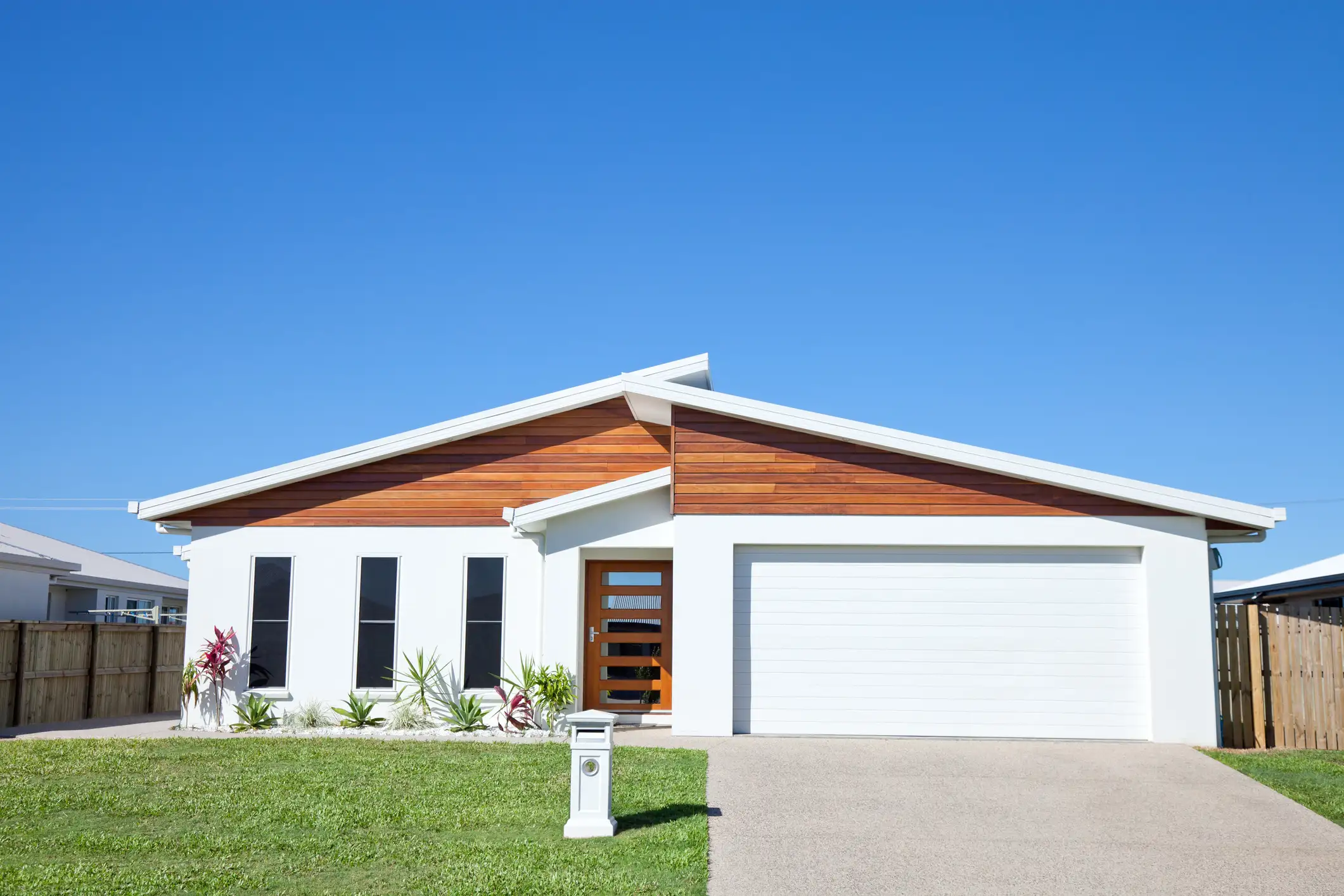What is a balloon mortgage?
Balloon mortgage definition
With a balloon loan, you make low or no monthly payments for a set period, followed by a lump-sum mortgage payment at the end of the loan. To put it simply, a balloon mortgage means small payments now, one big payment later.
To put it simply, a balloon mortgage means small payments now, one big payment later.
How it differs from traditional loans
Traditional loans, like conventional loans and government-backed loans, follow standard guidelines set by government-sponsored entities, Fannie Mae and Freddie Mac. Balloon loans don’t abide by these rules, so they’re considered “non-conforming” and are riskier for lenders, which often translates to stricter borrower qualifications and higher interest rates. As a result, mainstream lenders like Citi don’t offer balloon mortgages, and interested borrowers typically have to seek them through private lending shops.
How a balloon payment mortgage works
Structure and timeline
Balloon mortgages typically have shorter terms than traditional loans—commonly 5, 7 or 10 years. The payment structure can go a few different ways depending on the lender and loan agreement. Here are the most common ways a balloon mortgage works.
Comparing balloon mortgage payment structures
| PAYMENT TYPE | INITIAL PAYMENT STRUCTURE | FINAL PAYMENT STRUCTURE |
|---|---|---|
| Principal and interest | Initial payments follow the amortization schedule of a typical 15- or 30-year term | Remaining balance (principal and interest) is due as one lump sum |
| Interest-only | Initial payments only go toward interest | Full principal and remaining interest are due as a final lump sum |
| No payments | In some cases, no initial payments are required | Total cost of loan (principal and interest) is due by the end of the term |
What happens at the end of the term?
At the end of the term, it’s your responsibility to pay off the remaining loan balance in one large payment. This may sound daunting. That’s why it’s important to know how you’ll pay off the lump sum before you commit to a balloon mortgage. If you take the risk and don’t have the resources to pay off the loan, you risk defaulting and losing your house to foreclosure. So, what makes a balloon loan worth the risk?


Balloon mortgage in action
Let’s say you have a 7-year loan of $300,000 at a 6% interest rate. During the initial period, you pay $1,798.65 towards the principal and interest each month. At the end of the loan, you’ll owe a balloon payment of $270,716.91, bringing your total cost to $420,005.00.
Pros of a balloon mortgage
Lower initial monthly payments
The lower initial payments can make homeownership more accessible in the short term, especially if you find an interest-only or no-payment option. If you’re short on cash now but know you’ll come into money down the road, you might find a balloon mortgage appealing.
Short-term affordability
If you don’t qualify for a conventional or government-backed loan right now, a balloon mortgage can offer short-term advantages. Because the initial payments are often based on the amortization schedule of a 15-year or 30-year term, they can feel pretty manageable in the early years. Plus, if you plan to refinance or sell the property, you can reap the benefits of the initial lower payments and still pay off the loan. But remember—you need to have a game plan for when the lump sum comes due.
Cons and risks of balloon mortgages
Large lump-sum payment risk
Most people borrow because they can’t afford to make big purchases outright. That’s why balloon mortgages can be intimidating. You get used to low initial payments, then one day, the lump sum comes knocking and sticker shock kicks in. Sometimes, a well-laid plan goes off the rails and the money you planned to use for the lump sum isn’t available. Most people have a hard time budgeting for a big chunk of change, so approach balloon mortgages with caution.
Difficulty refinancing or selling
If you plan to refinance or sell the home before the lump sum is due, be careful. There is no guarantee that the money you get from refinancing or selling the home will be enough to cover the balloon mortgage. Interest rates could rise dramatically, or the housing market could diminish your home’s value. Plus, you’ll have to consider the costs associated with refinancing or selling a home, which can further impact your bottom line.
Who should avoid them
Frankly, balloon loans aren’t the best path for most buyers. But you’ll certainly want to steer clear if you:
- Don’t have a solid plan to cover the balloon payment
- Prefer predictable, long-term payment structures
- Want to build equity in your home faster
- Anticipate struggles refinancing or selling the property
- Don’t consider yourself financially savvy
When might a balloon mortgage make sense?
Investment or short-term ownership
The moment you’ve been waiting for: who may be the right fit for a balloon mortgage? You might be a good candidate if you:
- Already have the funds for the final payment set aside, such as in a savings account or a Certificate of Deposit
- Expect to come into money from an inheritance, bonus or other confirmed source that will cover the balloon payment (these should be guaranteed windfalls—not something uncertain)
- Anticipate your income will increase due to a career progression or shift, like a law student with a well-paying job lined up after graduation and a desire to buy a home now
Exit strategies and refinance options
Once you’ve committed to a balloon loan, you have to plan your exit strategy. When that lump sum is due, how will you pay it off? Let’s get into mortgage balloon payment strategies and your refinancing options.
EXIT STRATEGIES
- Refinancing: Before the balloon payment is due, you can refinance your mortgage into a new loan. This way, you pay off the former loan and spread your new balance over a longer period. We’ll cover your loan options in a bit.
- Selling the property: If your property has appreciated in value, you can sell it to cover the balloon payment. This may be doable, especially if you’re flipping a home for a profit.
- Paying more upfront: As long as the loan doesn’t have a prepayment penalty, you can pay more than the minimum payment each month to shave down the principal faster.
- Paying off the balloon payment: If you have enough savings or other financial resources, you can simply pay off the balloon payment at the due date. This requires careful financial planning to ensure you can cover the whole amount.
- Negotiating with the lender: Sometimes, lenders may be willing to offer an extension if you can’t meet the due date. However, you’ll likely face hefty fees and only get a short-term extension.
PRO TIP
Don’t let the balloon payment creep up on you. Open a dedicated savings account to hold the final lump sum. Set up recurring deposits and direct any extra cash, like your tax refunds or bonus checks, into the account to separate it from everyday spending.
REFINANCING OPTIONS
- Fixed-rate mortgage: If you like predictability and stability, you can lock in one interest rate for the whole loan term over 15 or 30 years.
- Adjustable-rate mortgage (ARM): With an ARM, your interest rate can change periodically based on market conditions after an initial period of one fixed rate.
- Cash-out refinance: If you’ve built up equity, you can take out a new loan for more than you owe and pocket the difference.
- Streamline refinance: Some lenders offer streamline refinance options for a faster process and less paperwork. This might be available for government-backed loans like FHA or VA mortgages.





